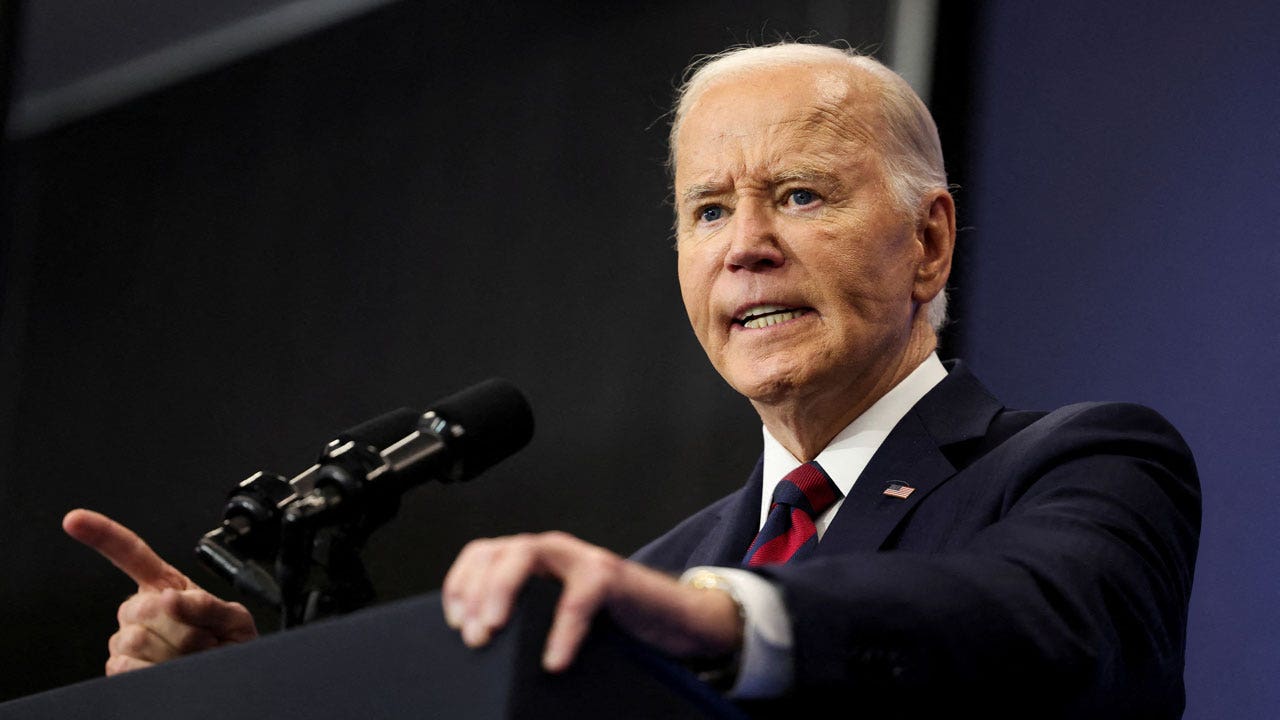Do consumers plan on sticking to their budgets, or are all bets off on a day like Valentine’s Day?
Answer:
- Candy: 57%
- Greeting cards: 40%
- Flowers: 37%
- An Evening Out: 32%
- Jewelry: 21%

Questions:
- How might increased demand for certain products (candy) and services (restaurant meals) impact prices? How would this impact your purchasing decisions?
- Do you feel increased pressure as a consumer to make purchases during holidays? Why or why not?
- What are some strategies you could use to avoid overspending on holidays like Valentine’s Day?
Here are the ready-to-go slides for this Question of the Day that you can use in your classroom.
Behind the numbers (National Retail Federation):
“No matter who you’re shopping for — whether you’re following the trend and splurging on your significant other, showing love to your friends, pets and coworkers, or celebrating “Galentine’s Day” with your friends — there’s something for everyone. While candy and greeting cards remain the most popular Valentine’s gifts, consumers are also setting records on spending for jewelry, flowers, clothing and an evening out this year as they celebrate the romantic relationships in their lives.”
———————
Check out NGPF’s Budgeting unit to give your students the skills to pay the bills (and more).
About
the Author
Ryan Wood
Ryan grew up with and maintains a love for learning. He graduated from the University of Wisconsin-Green Bay with a degree in Business Administration and worked in sports marketing for a number of years. After living in Texas, Colorado, Tennessee, and Minnesota, the call of education eventually brought Ryan back to his home state of Wisconsin where he was a Business and Marketing teacher for three years. In his free time he likes to spend time with his wife and daughter, play basketball, read, and go fishing. Now with NGPF, Ryan is excited to help teachers lead the most important course their students will ever take.
















Discussion about this post